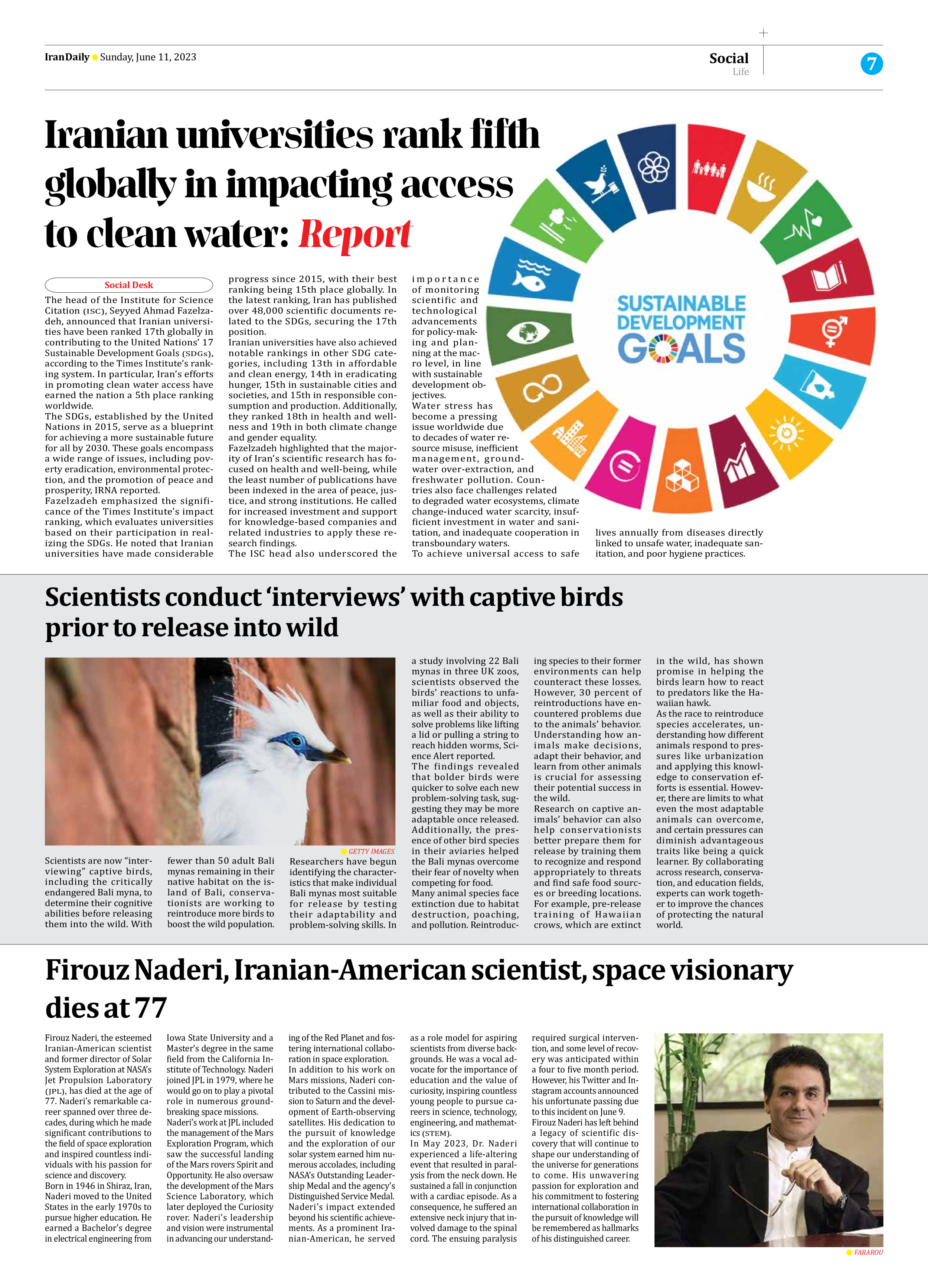
Scientists conduct ‘interviews’ with captive birds prior to release into wild
Scientists are now “interviewing” captive birds, including the critically endangered Bali myna, to determine their cognitive abilities before releasing them into the wild. With fewer than 50 adult Bali mynas remaining in their native habitat on the island of Bali, conservationists are working to reintroduce more birds to boost the wild population.
Researchers have begun identifying the characteristics that make individual Bali mynas most suitable for release by testing their adaptability and problem-solving skills. In a study involving 22 Bali mynas in three UK zoos, scientists observed the birds’ reactions to unfamiliar food and objects, as well as their ability to solve problems like lifting a lid or pulling a string to reach hidden worms, Science Alert reported.
The findings revealed that bolder birds were quicker to solve each new problem-solving task, suggesting they may be more adaptable once released. Additionally, the presence of other bird species in their aviaries helped the Bali mynas overcome their fear of novelty when competing for food.
Many animal species face extinction due to habitat destruction, poaching, and pollution. Reintroducing species to their former environments can help counteract these losses. However, 30 percent of reintroductions have encountered problems due to the animals’ behavior. Understanding how animals make decisions, adapt their behavior, and learn from other animals is crucial for assessing their potential success in the wild.
Research on captive animals’ behavior can also help conservationists better prepare them for release by training them to recognize and respond appropriately to threats and find safe food sources or breeding locations. For example, pre-release training of Hawaiian crows, which are extinct in the wild, has shown promise in helping the birds learn how to react to predators like the Hawaiian hawk.
As the race to reintroduce species accelerates, understanding how different animals respond to pressures like urbanization and applying this knowledge to conservation efforts is essential. However, there are limits to what even the most adaptable animals can overcome, and certain pressures can diminish advantageous traits like being a quick learner. By collaborating across research, conservation, and education fields, experts can work together to improve the chances of protecting the natural world.







